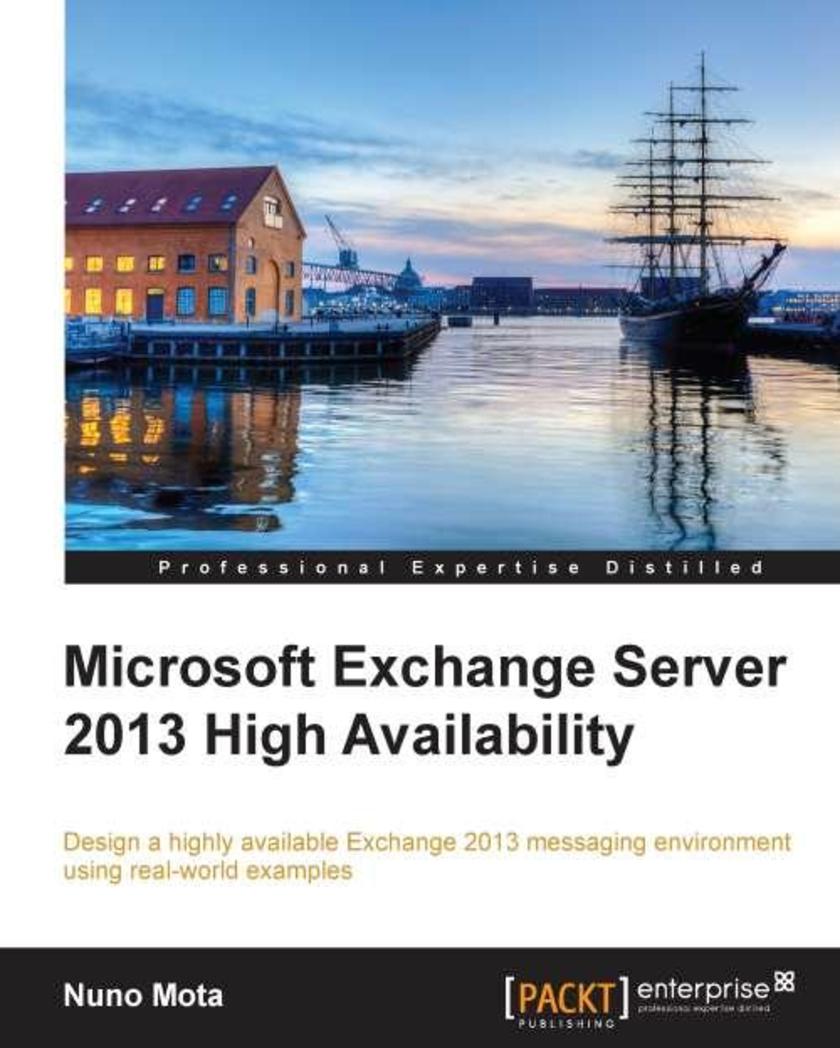
Microsoft Exchange 2013 High Availability
¥99.18
This book is a handson practical guide that provides the reader with a number of clear scenarios and examples, making it easier to understand and apply the new concepts. Each chapter can be used as a reference, or it can be read from beginning to end, allowing consultants/administrators to build a solid and highly available Exchange 2013 environment. If you are a messaging professional who wants to learn to design a highly available Exchange 2013 environment, this book is for you. Although not a definite requirement, practical experience with Exchange 2010 is expected, without being a subject matter expert.
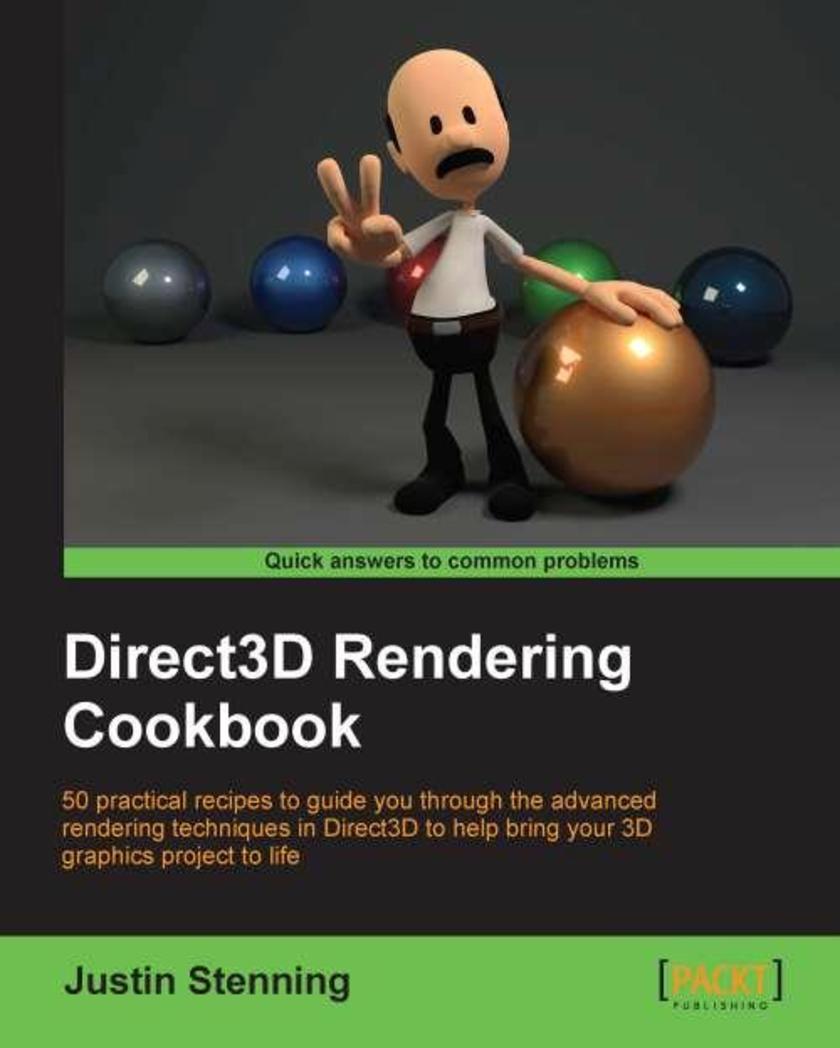
Direct3D Rendering Cookbook
¥99.18
This is a practical cookbook that dives into the various methods of programming graphics with a focus on games. It is a perfect package of all the innovative and uptodate 3D rendering techniques supported by numerous illustrations, strong sample code, and concise explanations. Direct3D Rendering Cookbook is for C# .NET developers who want to learn the advanced rendering techniques made possible with DirectX 11.2. It is expected that the reader has at least a cursory knowledge of graphics programming, and although some knowledge of Direct3D 10+ is helpful, it is not necessary. An understanding of vector and matrix algebra is required.
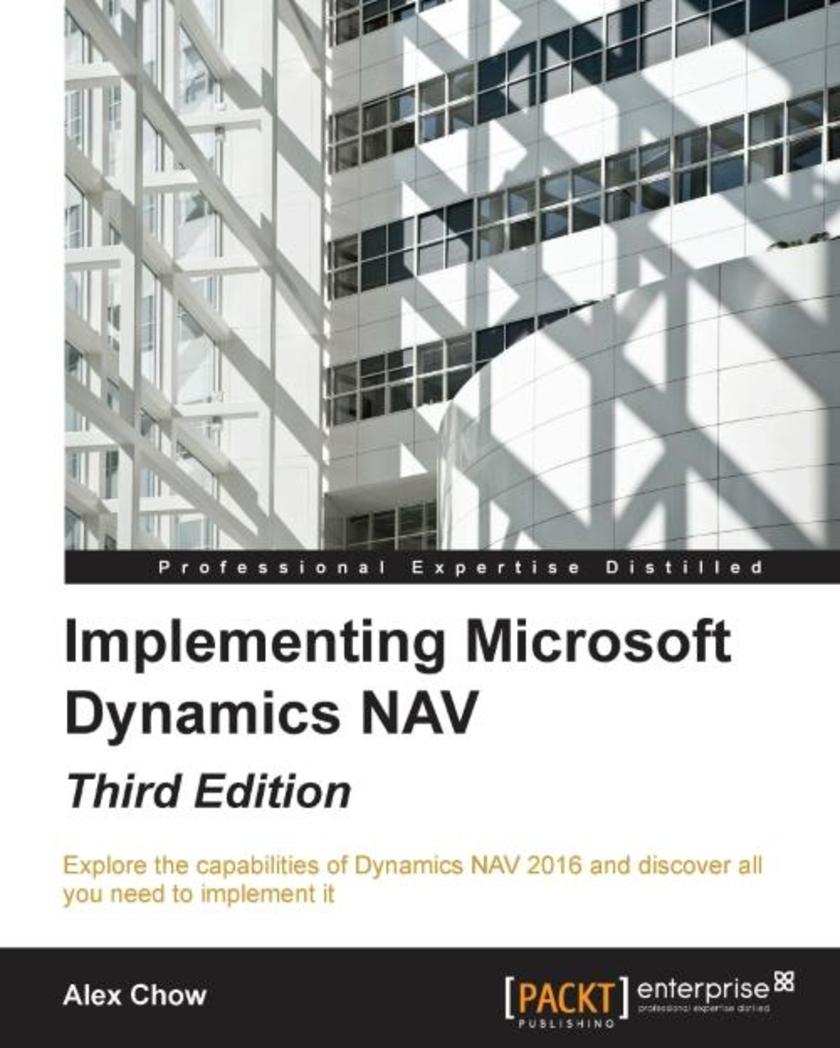
Implementing Microsoft Dynamics NAV - Third Edition
¥99.18
Explore the capabilities of Dynamics NAV 2016 and discover all you need to implement it About This Book Learn the key roles of your Dynamics NAV partner and the roles within your customer’s organization Create configuration packages and perform data migration on your own Find out how to troubleshoot your problems effectively with your Dynamics NAV partner Who This Book Is For This book is for Dynamics NAV partners and end users who want to know everything about Dynamics NAV implementations. It is aimed at those who want to be project managers or get involved with Dynamics NAV, but do not have the expertise to write code themselves. What You Will Learn Study the roles within a Dynamics NAV partner and within a customer’s company Create reusable data migration packages Work with the debugger to pinpoint error messages Get to grips with the key tables used in data reporting and analysis Successfully upgrade your installation to the latest version Manage and expand your existing installation with additional functionalities Explore the free third-party add-ons that can leverage your existing installation In Detail Microsoft Dynamics NAV 2016 is an Enterprise Resource Planning (ERP) application used in all kinds of organizations around the world. It provides a great variety of functionality out-of-the-box in different topics such as accounting, sales, purchase processing, logistics, or manufacturing. It also allows companies to grow the application by customizing the solution to meet specific requirements. This book is a hands-on tutorial on working with a real Dynamics NAV implementation. You will learn about the team from your Microsoft Dynamics NAV partner as well as the team within the customer’s company. This book provides an insight into the different tools available to migrate data from the client’s legacy system into Microsoft Dynamics NAV. If you are already live with Microsoft Dynamics NAV, this books talks about upgrades and what to expect from them. We’ll also show you how to implement additional or expanding functionalities within your existing Microsoft Dynamics NAV installation, perform data analysis, debug error messages, and implement free third-party add-ons to your existing installation. This book will empower you with all the skills and knowledge you need for a successful implementation. Style and approach This book is step-by-step guide to implementing Dynamics NAV from start to finish.

SQL Server 2017 Developer’s Guide
¥99.18
Build smarter and efficient database application systems for your organization with SQL Server 2017 About This Book ? Build database applications by using the development features of SQL Server 2017 ? Work with temporal tables to get information stored in a table at any time ? Use adaptive querying to enhance the performance of your queries Who This Book Is For Database developers and solution architects looking to design efficient database applications using SQL Server 2017 will find this book very useful. In addition, this book will be valuable to advanced analysis practitioners and business intelligence developers. Database consultants dealing with performance tuning will get a lot of useful information from this book as well. Some basic understanding of database concepts and T-SQL is required to get the best out of this book. What You Will Learn ? Explore the new development features introduced in SQL Server 2017 ? Identify opportunities for In-Memory OLTP technology ? Use columnstore indexes to get storage and performance improvements ? Exchange JSON data between applications and SQL Server ? Use the new security features to encrypt or mask the data ? Control the access to the data on the row levels ? Discover the potential of R and Python integration ? Model complex relationships with the graph databases in SQL Server 2017 In Detail Microsoft SQL Server 2017 is the next big step in the data platform history of Microsoft as it brings in the power of R and Python for machine learning and containerization-based deployment on Windows and Linux. Compared to its predecessor, SQL Server 2017 has evolved into Machine Learning with R services for statistical analysis and Python packages for analytical processing. This book prepares you for more advanced topics by starting with a quick introduction to SQL Server 2017’s new features and a recapitulation of the possibilities you may have already explored with previous versions of SQL Server. The next part introduces you to enhancements in the Transact-SQL language and new database engine capabilities and then switches to a completely new technology inside SQL Server: JSON support. We also take a look at the Stretch database, security enhancements, and temporal tables. Furthermore, the book focuses on implementing advanced topics, including Query Store, columnstore indexes, and In-Memory OLTP. Towards the end of the book, you’ll be introduced to R and how to use the R language with Transact-SQL for data exploration and analysis. You’ll also learn to integrate Python code in SQL Server and graph database implementations along with deployment options on Linux and SQL Server in containers for development and testing. By the end of this book, you will have the required information to design efficient, high-performance database applications without any hassle. Style and approach This book is a detailed guide to mastering the development features offered by SQL Server 2017, with a unique learn-as-you-do approach. All the concepts are explained in a very easy-to-understand manner and are supplemented with examples to ensure that you—the developer—are able to take that next step in building more powerful, robust applications for your organization with ease.
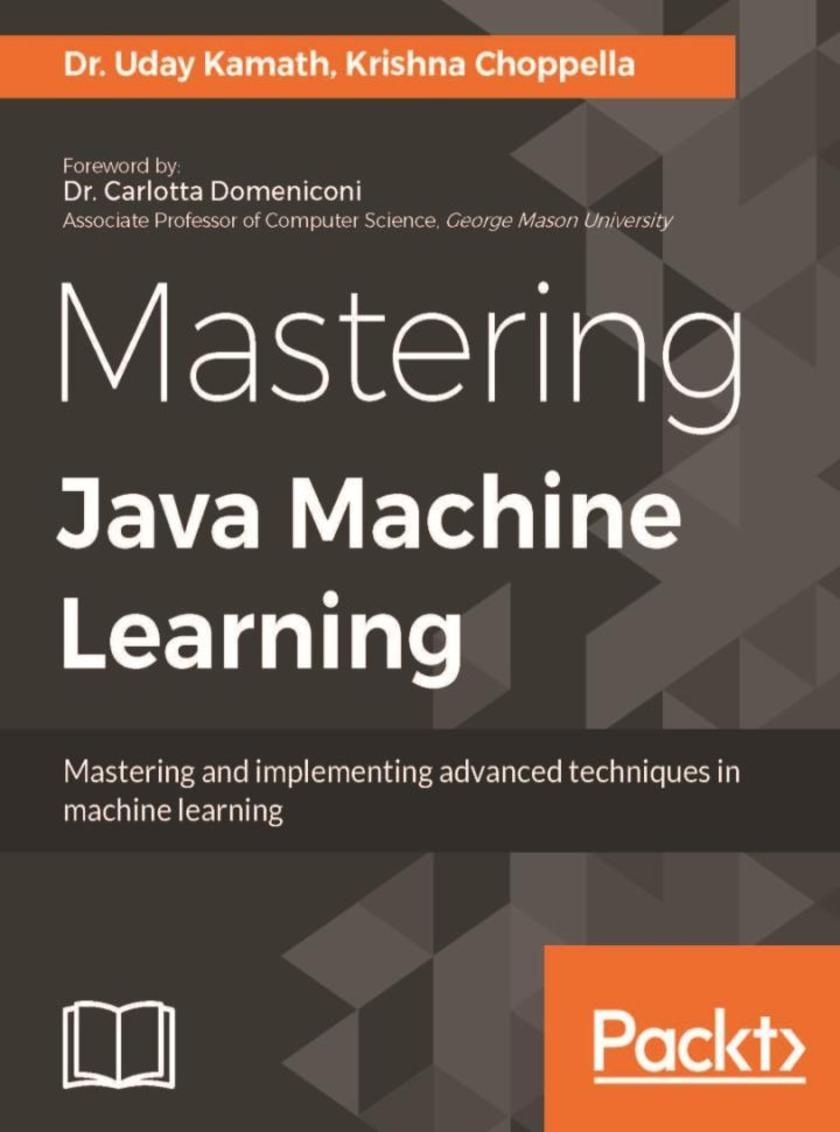
Mastering Java Machine Learning
¥99.18
Become an advanced practitioner with this progressive set of master classes on application-oriented machine learning About This Book ? Comprehensive coverage of key topics in machine learning with an emphasis on both the theoretical and practical aspects ? More than 15 open source Java tools in a wide range of techniques, with code and practical usage. ? More than 10 real-world case studies in machine learning highlighting techniques ranging from data ingestion up to analyzing the results of experiments, all preparing the user for the practical, real-world use of tools and data analysis. Who This Book Is For This book will appeal to anyone with a serious interest in topics in Data Science or those already working in related areas: ideally, intermediate-level data analysts and data scientists with experience in Java. Preferably, you will have experience with the fundamentals of machine learning and now have a desire to explore the area further, are up to grappling with the mathematical complexities of its algorithms, and you wish to learn the complete ins and outs of practical machine learning. What You Will Learn ? Master key Java machine learning libraries, and what kind of problem each can solve, with theory and practical guidance. ? Explore powerful techniques in each major category of machine learning such as classification, clustering, anomaly detection, graph modeling, and text mining. ? Apply machine learning to real-world data with methodologies, processes, applications, and analysis. ? Techniques and experiments developed around the latest specializations in machine learning, such as deep learning, stream data mining, and active and semi-supervised learning. ? Build high-performing, real-time, adaptive predictive models for batch- and stream-based big data learning using the latest tools and methodologies. ? Get a deeper understanding of technologies leading towards a more powerful AI applicable in various domains such as Security, Financial Crime, Internet of Things, social networking, and so on. In Detail Java is one of the main languages used by practicing data scientists; much of the Hadoop ecosystem is Java-based, and it is certainly the language that most production systems in Data Science are written in. If you know Java, Mastering Machine Learning with Java is your next step on the path to becoming an advanced practitioner in Data Science. This book aims to introduce you to an array of advanced techniques in machine learning, including classification, clustering, anomaly detection, stream learning, active learning, semi-supervised learning, probabilistic graph modeling, text mining, deep learning, and big data batch and stream machine learning. Accompanying each chapter are illustrative examples and real-world case studies that show how to apply the newly learned techniques using sound methodologies and the best Java-based tools available today. On completing this book, you will have an understanding of the tools and techniques for building powerful machine learning models to solve data science problems in just about any domain. Style and approach A practical guide to help you explore machine learning—and an array of Java-based tools and frameworks—with the help of practical examples and real-world use cases.
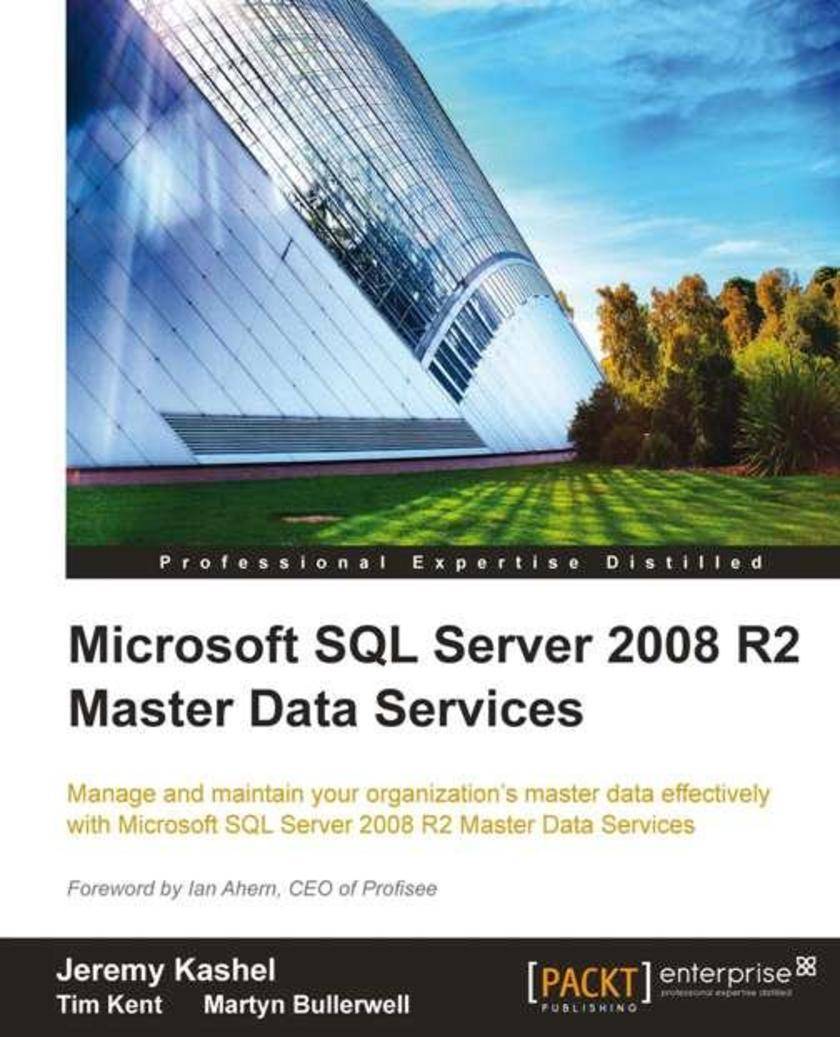
Microsoft SQL Server 2008 R2 Master Data Services
¥99.18
This is a practical, step-by-step guide to managing and maintaining your master data and improving data quality with Microsoft SQL Server 2008 R2 Master Data Services, with practical examples on how to use each feature. If you are a business and systems analyst or database administrator who wants to manage and maintain your business master data and improve data quality with Microsoft SQL Server Master Data Services, then this book is for you. A basic understanding of Microsoft SQL Server is required. However, knowledge of Master Data Services is not necessarily required.
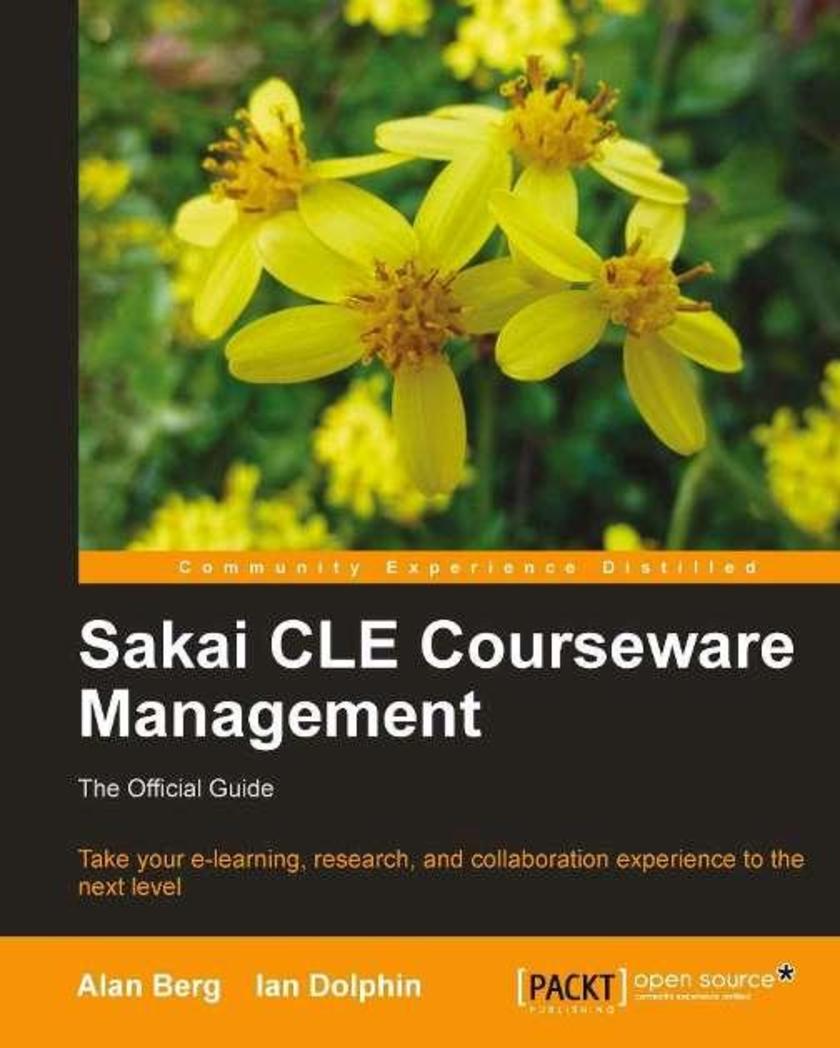
Sakai CLE Courseware Management
¥99.18
This book takes a step-by-step, practical approach and is filled with examples and illustrations. This book is written for a wide audience that includes teachers, system administrators, and first time developers. It also appeals to the Sakai open source community, potential community members, and decision makers working in education.

Mastering Python for Data Science
¥99.18
If you are a Python developer who wants to master the world of data science, then this book is for you. Some knowledge of data science is assumed.
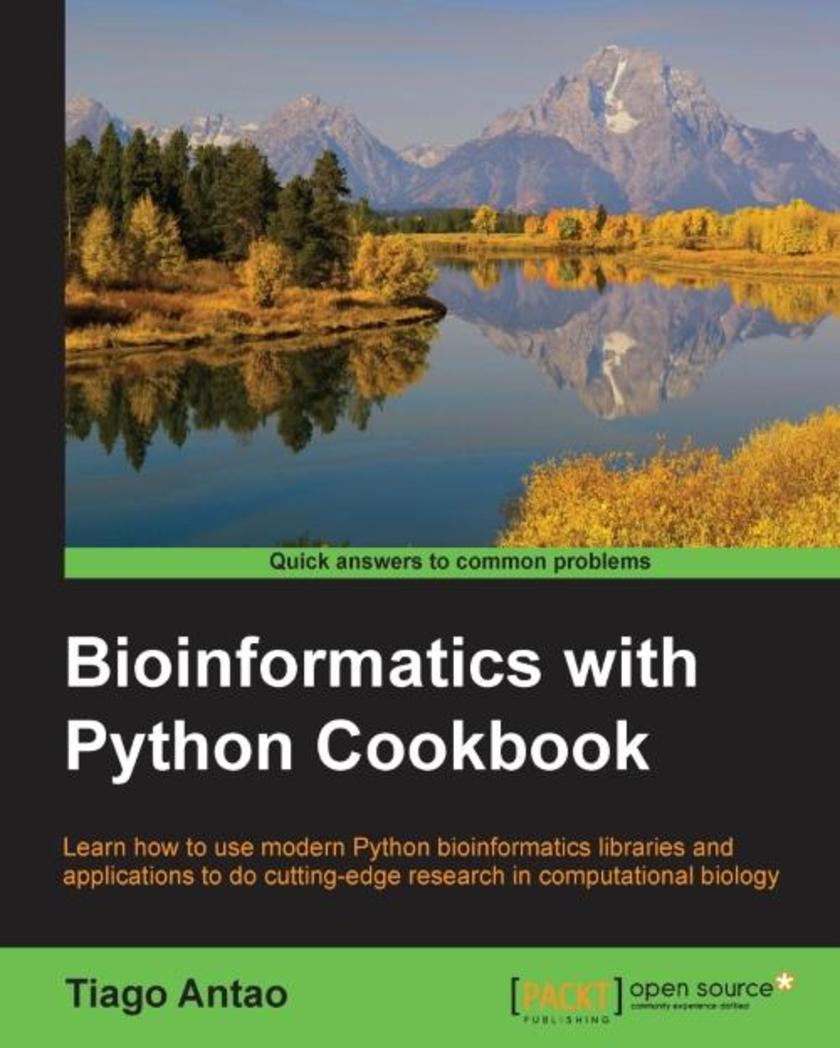
Bioinformatics with Python Cookbook
¥99.18
If you have intermediate-level knowledge of Python and are well aware of the main research and vocabulary in your bioinformatics topic of interest, this book will help you develop your knowledge further.
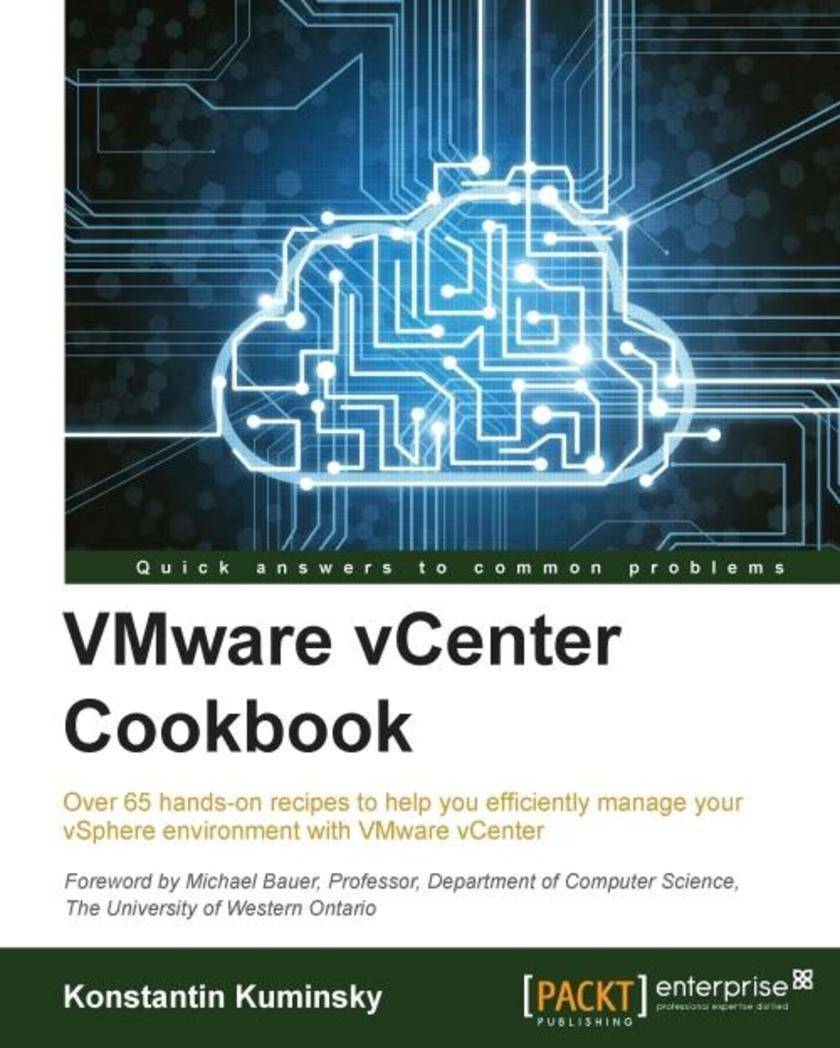
VMware vCenter Cookbook
¥99.18
If you are a system administrator who has some experience with virtualization and already uses VMware vCenter, but wishes to learn more, then this is the book for you. If you are looking for tips or shortcuts for common administration tasks as well as workarounds for pain points in vSphere administration, you'll find this guide useful.
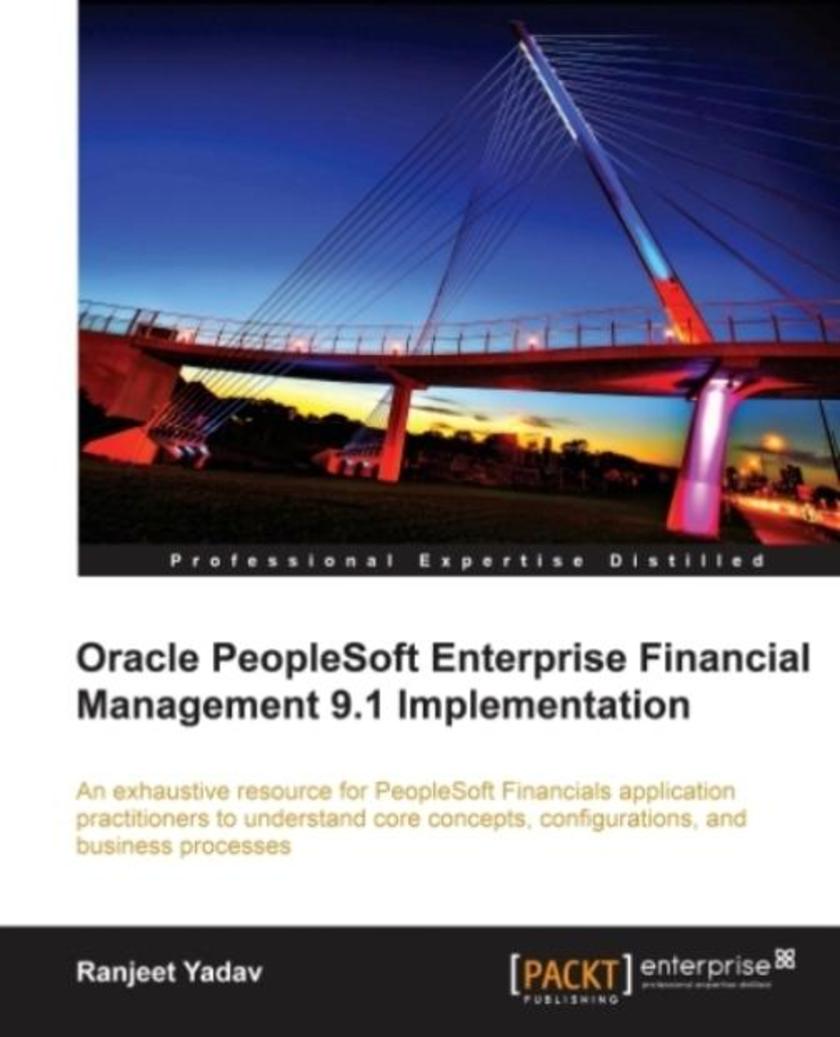
Oracle PeopleSoft Enterprise Financial Management 9.1 Implementation
¥99.18
This step-by-step tutorial will take you through Oracle PeopleSoft Financial Management 9.1 and show you how to implement it into your business. It is written in an easy-to-read style, with a strong emphasis on real-world, practical examples with step-by-step explanations. This book will establish a solid foundation for your efforts to become a successful PeopleSoft Financials practitioner. If you are a functional implementation analyst, a business analyst, or a business user who plans to start using PeopleSoft applications, this book is for you. Reading this book will equip you with the basic skills to configure and maintain PeopleSoft financial applications.

ArcGIS Blueprints
¥99.18
Explore the robust features of Python to create real-world ArcGIS applications through exciting, hands-on projects About This Book Get to grips with the big world of Python add-ins and wxPython in GUI development to implement their features in your application Integrate advanced Python libraries, ArcPy mapping, and data access module techniques to develop a mapping application Construct a top-notch intermediate-to-advanced project by accessing ArcGIS Server and ArcGIS Online resources through the ArcGIS REST API using a project-based approach Who This Book Is For If you have prior experience building simple apps with ArcGIS and now have a fancy for developing a more challenging and complex desktop application in ArcGIS, then this book is ideal for you. What You Will Learn Automate the creation of creative output data visualizations including maps, charts, and graphs Explore ways to use the ArcPy Mapping module and Data-driven Pages to automate the creation of map books in your own project Develop applications that use the Plotly platform and library to create stunning charts and graphs that can be integrated into ArcGIS Desktop Build tools that access REST services and download data to a local geodatabase Design, build, and integrate advanced GUIs with wxPython and ArcGIS Desktop in ArcGIS Get clued up about constructing applications that export data to Google Earth Pro to automate time-consuming complex processes Maximize the access of ArcGIS Server and ArcGIS Online using the ArcGIS REST API with Python In Detail This book is an immersive guide to take your ArcGIS Desktop application development skills to the next level It starts off by providing detailed de*ion and examples of how to create ArcGIS Desktop Python toolboxes that will serve as containers for many of the applications that you will build. We provide several practical projects that involve building a local area/community map and extracting wildfire data. You will then learn how to build tools that can access data from ArcGIS Server using the ArcGIS REST API. Furthermore, we deal with the integration of additional open source Python libraries into your applications, which will help you chart and graph advanced GUI development; read and write JSON, CSV, and XML format data sources; write outputs to Google Earth Pro, and more. Along the way, you will be introduced to advanced ArcPy Mapping and ArcPy Data Access module techniques and use data-driven Pages to automate the creation of map books. Finally, you will learn advanced techniques to work with video and social media feeds. By the end of the book, you will have your own desktop application without having spent too much time learning sophisticated theory. Style and approach This is an easy-to-follow, project-based guide that guides you through the whole ArcGIS theme with practical, real-world examples and a systematic approach.
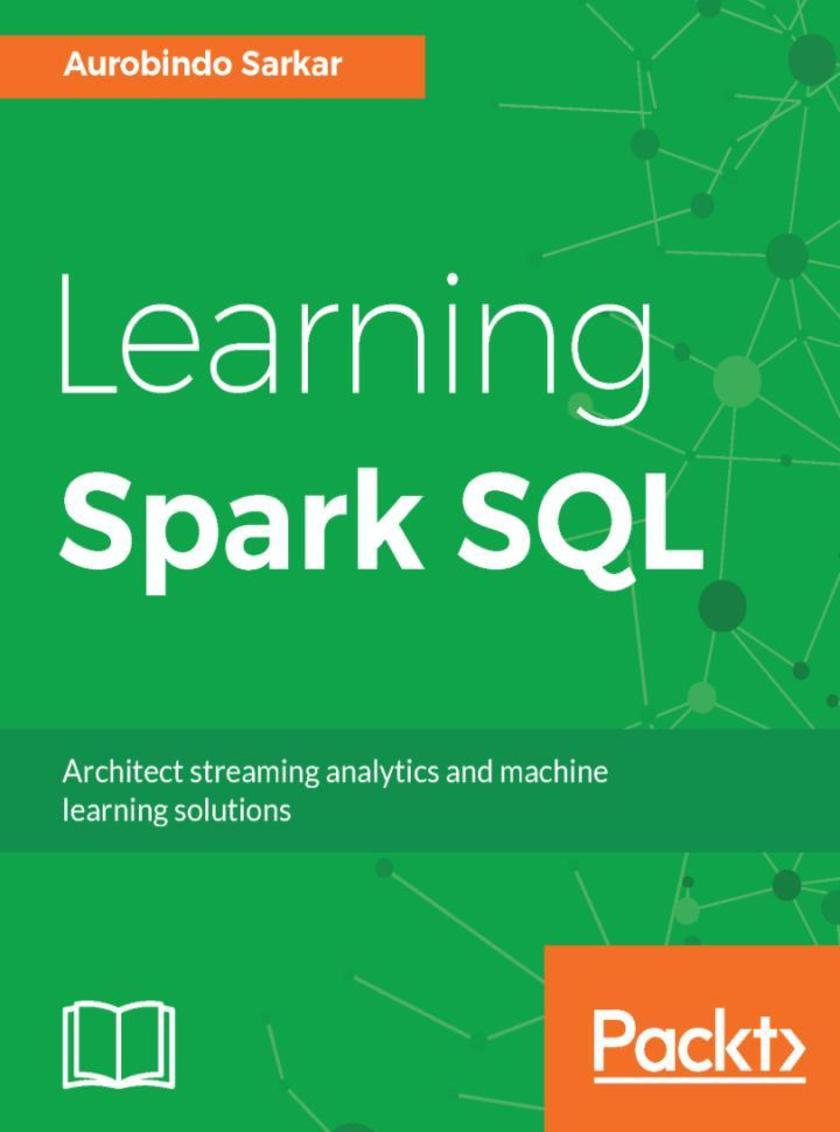
Learning Spark SQL
¥99.18
Design, implement, and deliver successful streaming applications, machine learning pipelines and graph applications using Spark SQL API About This Book ? Learn about the design and implementation of streaming applications, machine learning pipelines, deep learning, and large-scale graph processing applications using Spark SQL APIs and Scala. ? Learn data exploration, data munging, and how to process structured and semi-structured data using real-world datasets and gain hands-on exposure to the issues and challenges of working with noisy and "dirty" real-world data. ? Understand design considerations for scalability and performance in web-scale Spark application architectures. Who This Book Is For If you are a developer, engineer, or an architect and want to learn how to use Apache Spark in a web-scale project, then this is the book for you. It is assumed that you have prior knowledge of SQL querying. A basic programming knowledge with Scala, Java, R, or Python is all you need to get started with this book. What You Will Learn ? Familiarize yourself with Spark SQL programming, including working with DataFrame/Dataset API and SQL ? Perform a series of hands-on exercises with different types of data sources, including CSV, JSON, Avro, MySQL, and MongoDB ? Perform data quality checks, data visualization, and basic statistical analysis tasks ? Perform data munging tasks on publically available datasets ? Learn how to use Spark SQL and Apache Kafka to build streaming applications ? Learn key performance-tuning tips and tricks in Spark SQL applications ? Learn key architectural components and patterns in large-scale Spark SQL applications In Detail In the past year, Apache Spark has been increasingly adopted for the development of distributed applications. Spark SQL APIs provide an optimized interface that helps developers build such applications quickly and easily. However, designing web-scale production applications using Spark SQL APIs can be a complex task. Hence, understanding the design and implementation best practices before you start your project will help you avoid these problems. This book gives an insight into the engineering practices used to design and build real-world, Spark-based applications. The book's hands-on examples will give you the required confidence to work on any future projects you encounter in Spark SQL. It starts by familiarizing you with data exploration and data munging tasks using Spark SQL and Scala. Extensive code examples will help you understand the methods used to implement typical use-cases for various types of applications. You will get a walkthrough of the key concepts and terms that are common to streaming, machine learning, and graph applications. You will also learn key performance-tuning details including Cost Based Optimization (Spark 2.2) in Spark SQL applications. Finally, you will move on to learning how such systems are architected and deployed for a successful delivery of your project. Style and approach This book is a hands-on guide to designing, building, and deploying Spark SQL-centric production applications at scale.
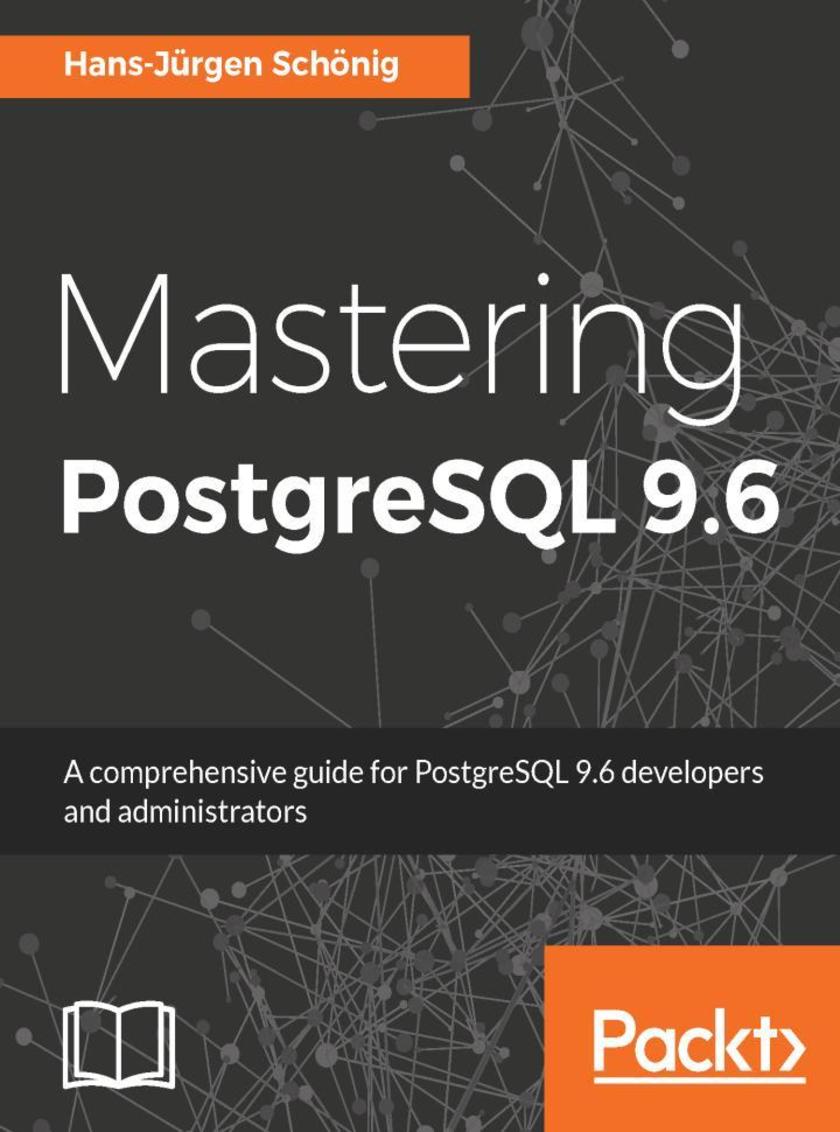
Mastering PostgreSQL 9.6
¥99.18
Master the capabilities of PostgreSQL 9.6 to efficiently manage and maintain your database About This Book ? Your one-stop guide to mastering the advanced concepts in PostgreSQL with ease ? Master query optimization, replication, and high availability with PostgreSQL ? Extend the functionalities of PostgreSQL to suit your organizational needs with minimum effort Who This Book Is For If you are a PostgreSQL data architect or an administrator who wants to understand how to implement advanced functionalities and master complex administrative tasks with PostgreSQL, then this book is perfect for you. Prior experience of administrating a PostgreSQL database and a working knowledge of SQL is required to make the best use of this book. What You Will Learn ? Get to grips with the advanced features of PostgreSQL 9.6 and handle advanced SQL ? Make use of the indexing features in PostgreSQL and fine-tune the performance of your queries ? Work with the stored procedures and manage backup and recovery ? Master the replication and failover techniques ? Troubleshoot your PostgreSQL instance for solutions to the common and not-so-common problems ? Learn how to migrate your database from MySQL and Oracle to PostgreSQL without any hassle In Detail PostgreSQL is an open source database used for handling large datasets (Big Data) and as a JSON document database. It also has applications in the software and web domains. This book will enable you to build better PostgreSQL applications and administer databases more efficiently. We begin by explaining the advanced database design concepts in PostgreSQL 9.6, along with indexing and query optimization. You will also see how to work with event triggers and perform concurrent transactions and table partitioning, along with exploring SQL and server tuning. We will walk you through implementing advanced administrative tasks such as server maintenance and monitoring, replication, recovery and high availability, and much more. You will understand the common and not-so-common troubleshooting problems and how you can overcome them. By the end of this book, you will have an expert-level command of the advanced database functionalities and will be able to implement advanced administrative tasks with PostgreSQL. Style and Approach This book is a comprehensive guide covering all the concepts you need to master PostgreSQL. Packed with hands-on examples, tips and tricks, even the most advanced concepts are explained in a very easy-to-follow manner. Every chapter in the book does not only focus on how each task is performed, but also why.
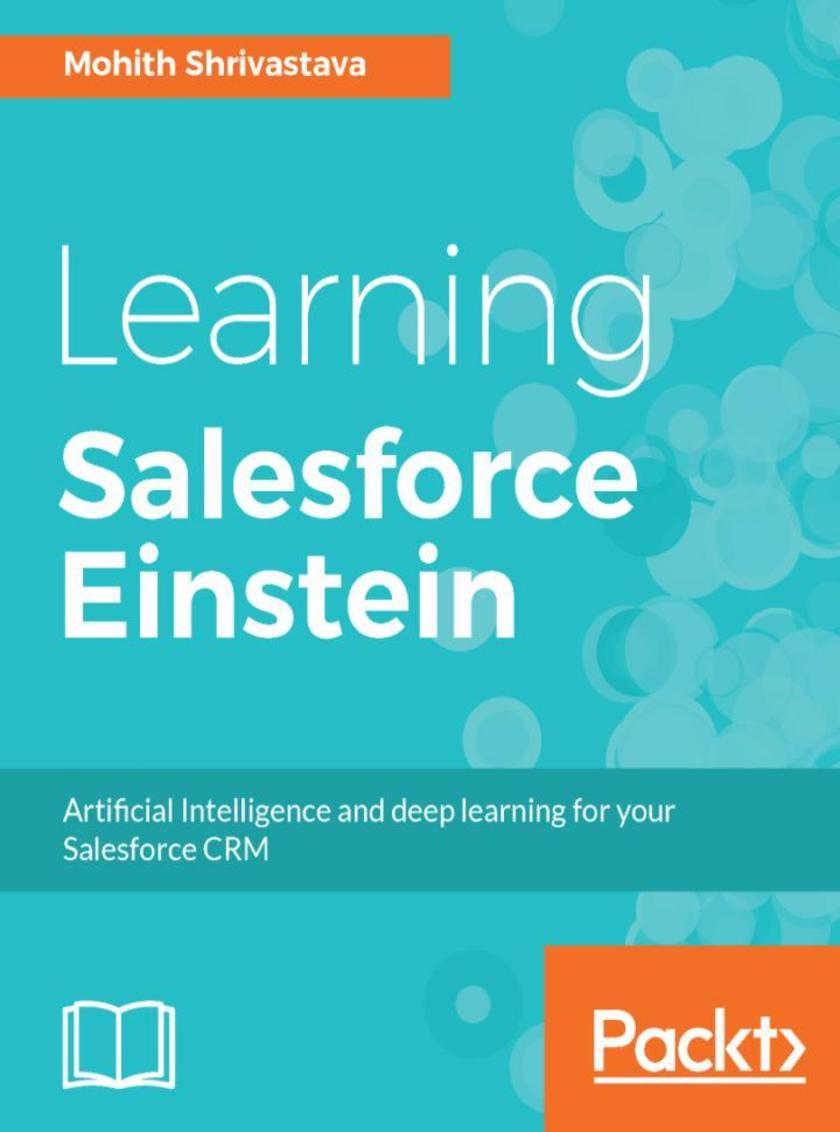
Learning Salesforce Einstein
¥99.18
Incorporate the power of Einstein in your Salesforce application About This Book ? Make better predictions of your business processes using prediction and predictive modeling ? Build your own custom models by leveraging PredictionIO on the Heroku platform ? Integrate Einstein into various cloud services to predict sales, marketing leads, insights into news feeds, and more Who This Book Is For This book is for developers, data scientists, and Salesforce-experienced consultants who want to explore Salesforce Einstein and its current offerings. It assumes some prior experience with the Salesforce platform. What You Will Learn ? Get introduced to AI and its role in CRM and cloud applications ? Understand how Einstein works for the sales, service, marketing, community, and commerce clouds ? Gain a deep understanding of how to use Einstein for the analytics cloud ? Build predictive apps on Heroku using PredictionIO, and work with Einstein Predictive Vision Services ? Incorporate Einstein in the IoT cloud ? Test the accuracy of Einstein through Salesforce reporting and Wave analytics In Detail Dreamforce 16 brought forth the latest addition to the Salesforce platform: an AI tool named Einstein. Einstein promises to provide users of all Salesforce applications with a powerful platform to help them gain deep insights into the data they work on. This book will introduce you to Einstein and help you integrate it into your respective business applications based on the Salesforce platform. We start off with an introduction to AI, then move on to look at how AI can make your CRM and apps smarter. Next, we discuss various out-of-the-box components added to sales, service, marketing, and community clouds from salesforce to add Artificial Intelligence capabilities. Further on, we teach you how to use Heroku, PredictionIO, and the force.com platform, along with Einstein, to build smarter apps. The core chapters focus on developer content and introduce PredictionIO and Salesforce Einstein Vision Services. We explore Einstein Predictive Vision Services, along with analytics cloud, the Einstein Data Discovery product, and IOT core concepts. Throughout the book, we also focus on how Einstein can be integrated into CRM and various clouds such as sales, services, marketing, and communities. By the end of the book, you will be able to embrace and leverage the power of Einstein, incorporating its functions to gain more knowledge. Salesforce developers will be introduced to the world of AI, while data scientists will gain insights into Salesforce’s various cloud offerings and how they can use Einstein’s capabilities and enhance applications. Style and approach This book takes a straightforward approach to explain Salesforce Einstein and all of its potential applications. Filled with examples, the book presents the facts along with seasoned advice and real-world use cases to ensure you have all the resources you need to incorporate the power of Einstein in your work.

Microsoft Dynamics 365 Extensions Cookbook
¥99.18
More than 80 recipes to help you leverage the various extensibility features available for Microsoft Dynamics and solve problems easily About This Book ? Customize, configure, and extend the vanilla features of Dynamics 365 to deliver bespoke CRM solutions fit for any organization ? Implement business logic using point-and-click configuration, plugins, and client-side *s with MS Dynamics 365 ? Built a DevOps pipeline as well as Integrate Dynamics 365 with Azure and other platforms Who This Book Is For This book is for developers, administrators, consultants, and power users who want to learn about best practices when extending Dynamics 365 for enterprises. You are expected to have a basic understand of the Dynamics CRM/365 platform. What You Will Learn ? Customize, configure, and extend Microsoft Dynamics 365 ? Create business process automation ? Develop client-side extensions to add features to the Dynamics 365 user interface ? Set up a security model to securely manage data with Dynamics 365 ? Develop and deploy clean code plugins to implement a wide range of custom behaviors ? Use third-party applications, tools, and patterns to integrate Dynamics 365 with other platforms ? Integrate with Azure, Java, SSIS, PowerBI, and Octopus Deploy ? Build an end-to-end DevOps pipeline for Dynamics 365 In Detail Microsoft Dynamics 365 is a powerful tool. It has many unique features that empower organisations to bridge common business challenges and technology pitfalls that would usually hinder the adoption of a CRM solution. This book sets out to enable you to harness the power of Dynamics 365 and cater to your unique circumstances. We start this book with a no-code configuration chapter and explain the schema, fields, and forms modeling techniques. We then move on to server-side and client-side custom code extensions. Next, you will see how best to integrate Dynamics 365 in a DevOps pipeline to package and deploy your extensions to the various SDLC environments. This book also covers modern libraries and integration patterns that can be used with Dynamics 365 (Angular, 3 tiers, and many others). Finally, we end by highlighting some of the powerful extensions available. Throughout we explain a range of design patterns and techniques that can be used to enhance your code quality; the aim is that you will learn to write enterprise-scale quality code. Style and approach This book takes a recipe-based approach, delivering practical examples and use cases so that you can identify the best possible approach to extend your Dynamics 365 deployment and tackle your specific business problems.
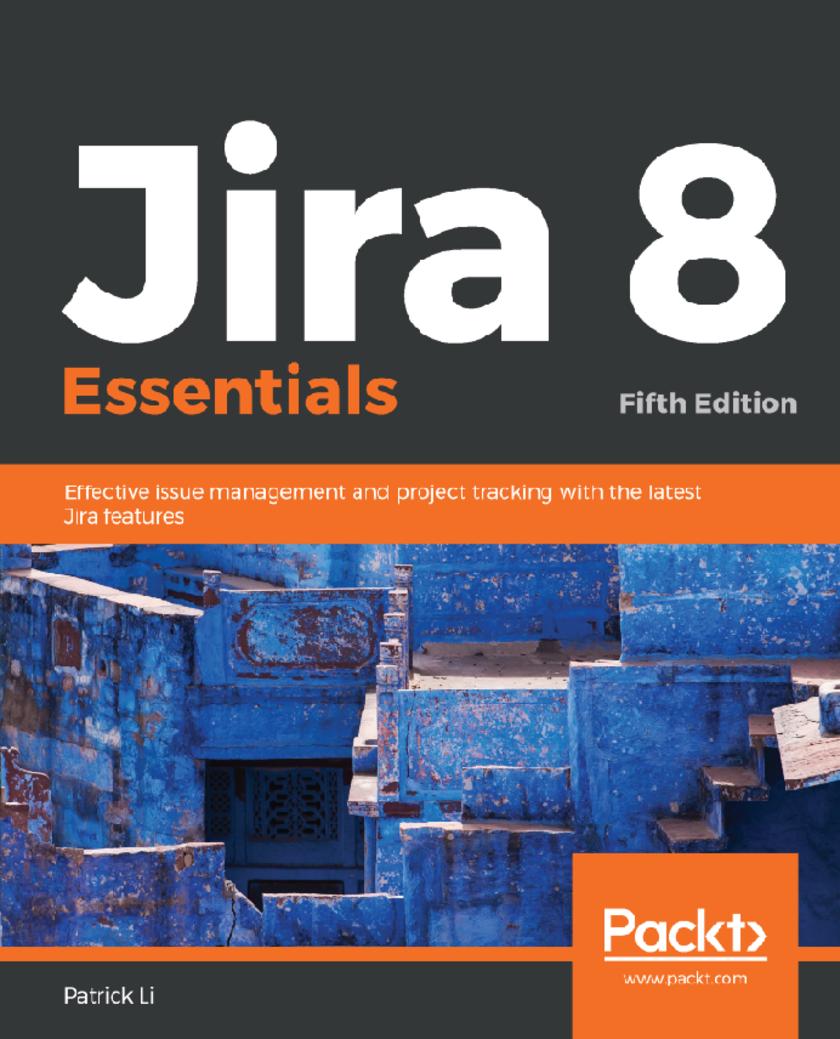
Jira 8 Essentials
¥99.18
Explore the new and improved Jira 8 features such as agile board and advanced search for efficient project management Key Features * Work on agile projects in Jira from both the administrator and end user's perspective * Explore the improved Scrum and Kanban board and backlog * Work through exercises at the end of each chapter to reinforce your skills Book Description Atlassian Jira enables effective bug tracking for your software and mobile applications and provides tools to track and manage tasks for your projects. Jira Essentials is a comprehensive guide, now updated to Jira 8 to include enhanced features such as updates to Scrum and Kanban UI, additional search capabilities, and changes to Jira Service Desk. The book starts by explaining how to plan and set up a new Jira 8 instance from scratch before getting you acquainted with key features such as emails, workflows, business processes, and much more. You'll then understand Jira's data hierarchy and how to design and work with projects. Since Jira is used for issue management, this book delves into the different issues that can arise in your projects. You’ll explore fields, including custom fields, and learn to use them for more effective data collection. You’ll create new screens from scratch and customize them to suit your requirements. The book also covers workflows and business processes, and guides you in setting up incoming and outgoing mail servers. Toward the end, you’ll study Jira's security model and Jira Service Desk, which allows you to run Jira as a support portal. By the end of this Jira book, you will be able to implement Jira 8 in your projects with ease. What you will learn * Understand Jira's data hierarchy and how to design and work with projects in Jira * Use Jira for agile software projects, business process management, customer service support, and more * Understand issues and work with them * Design both system and custom fields to behave differently under different contexts * Create and design your own screens and apply them to different project and issue types * Gain an understanding of the workflow and its various components * Set up both incoming and outgoing mail servers to work with e-mails Who this book is for This book will be especially useful for project managers but it's also intended for other Jira users, including developers, and any other industry besides software development, who would like to leverage Jira's powerful task management and workflow features to better manage their business processes.
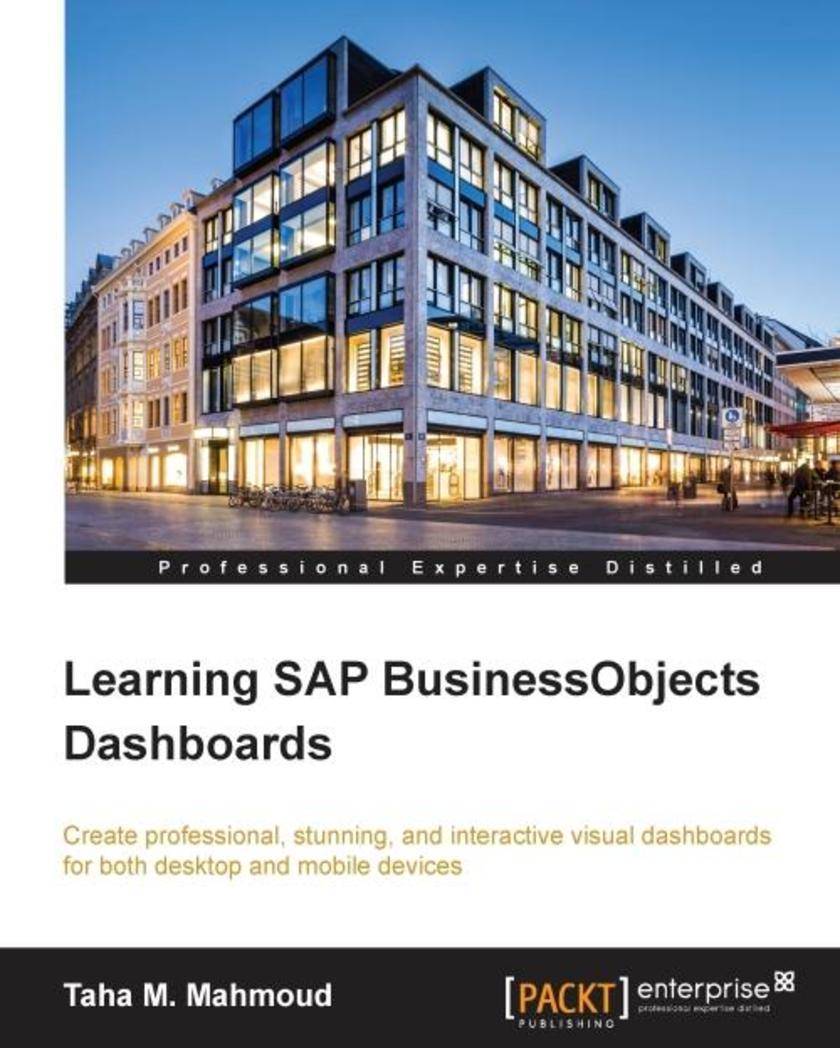
Learning SAP BusinessObjects Dashboards
¥99.18
This book will help beginners to create stylish and professional looking dashboards in no time. It is also intended for BI developers who want to use SAP BO to facilitate BI in their organizations. No prior knowledge is required, however, you must have a basic knowledge of MS Excel and some analytical skills to build expressive business charts.
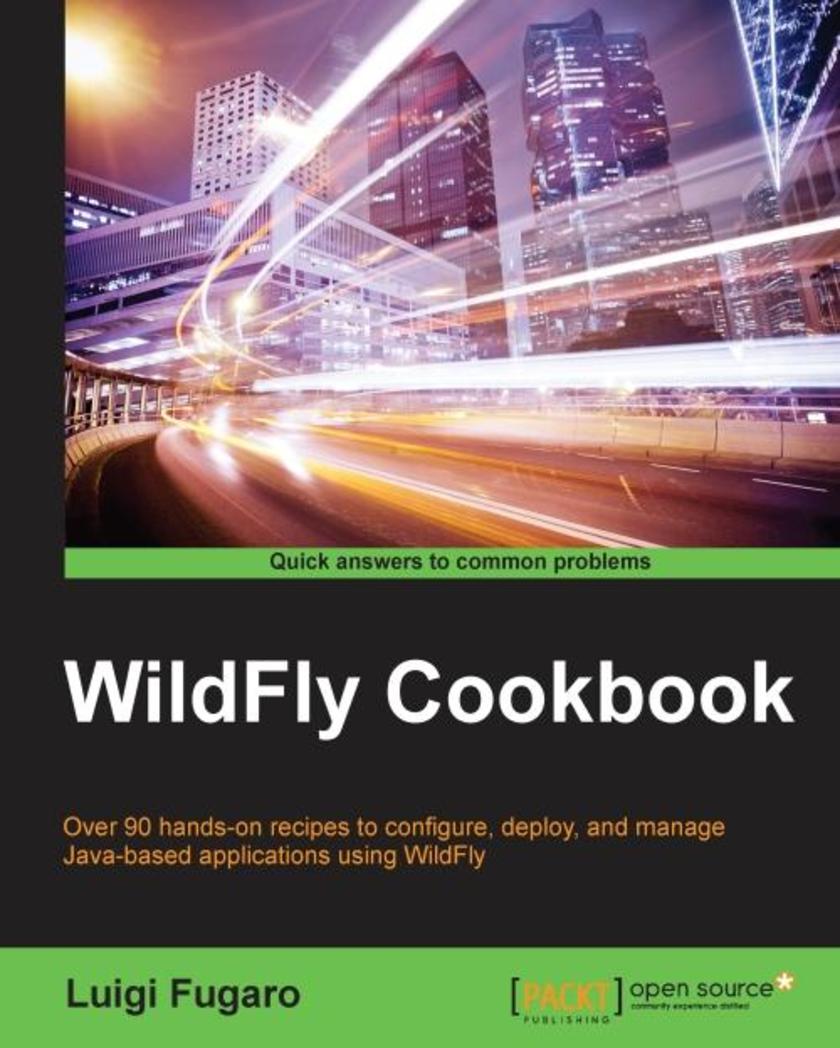
WildFly Cookbook
¥99.18
This book is intended for middleware system administrators and Java developers, actually good Java developers, who care about architecture design and implementation. Whether you are new to WildFly, come from a previous version, such as JBoss AS 5, 6, and 7, or are an expert in it, you will be able to master both the basic and advanced features of WildFly. By the way, most of the core components of WildFly are totally new, such as its administration tool, that is, the CLI; its operational modes, which are, the standalone and domain modes; and its web server provided by Undertow, you can benefit from this book even if you have no experience in JBoss and WildFly at all.

Learning Hyper-V
¥99.18
This book focuses on readers starting their journey with Hyper-V, and assumes they have minimal or no knowledge of virtualization.
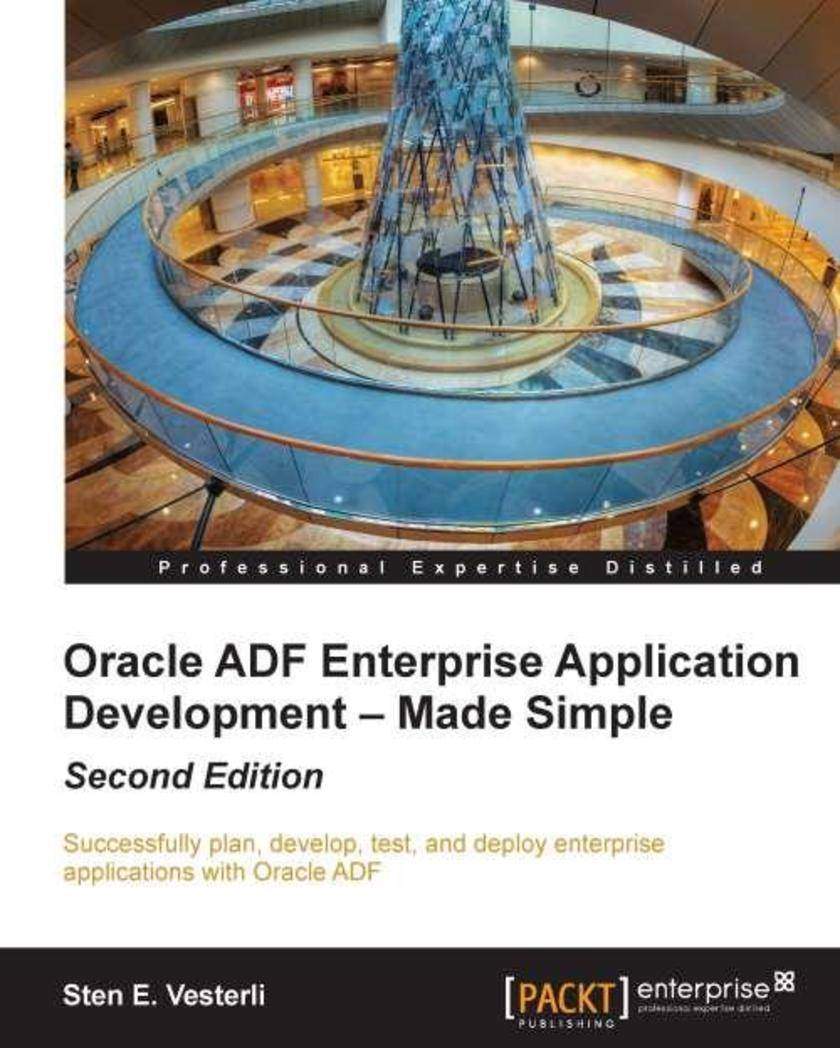
Oracle ADF Enterprise Application Development – Made Simple, Second Edition
¥99.18
This book is written in an easytounderstand style, following an enterprise development process through all the phases of development and deployment. Concepts are illustrated with realworld examples and the methods used are explained stepbystep. This book is for Oracle developers looking to start using Oracle’s latest development tool and J2EE developers looking for a more productive way to build modern web applications. This book will guide you through the creation of a successful enterprise application with Oracle ADF 12c, and therefore it assumes you have basic knowledge of Java, JDeveloper, and databases.




 购物车
购物车 个人中心
个人中心



